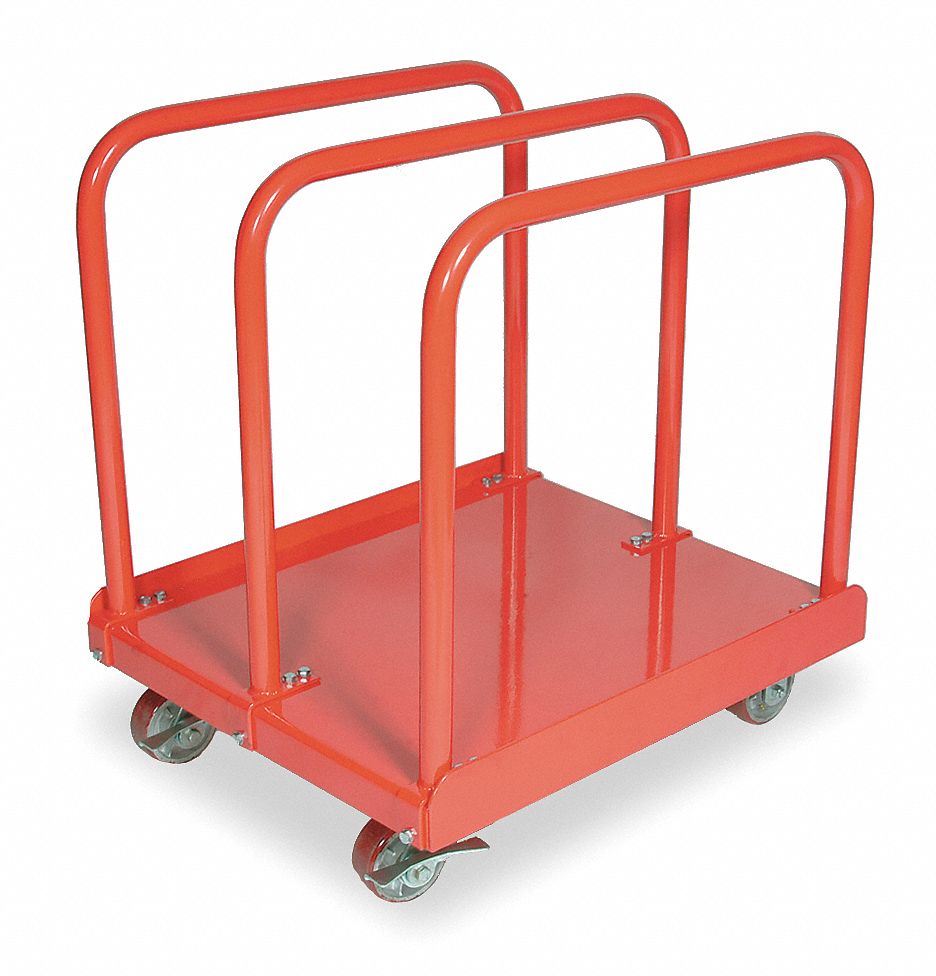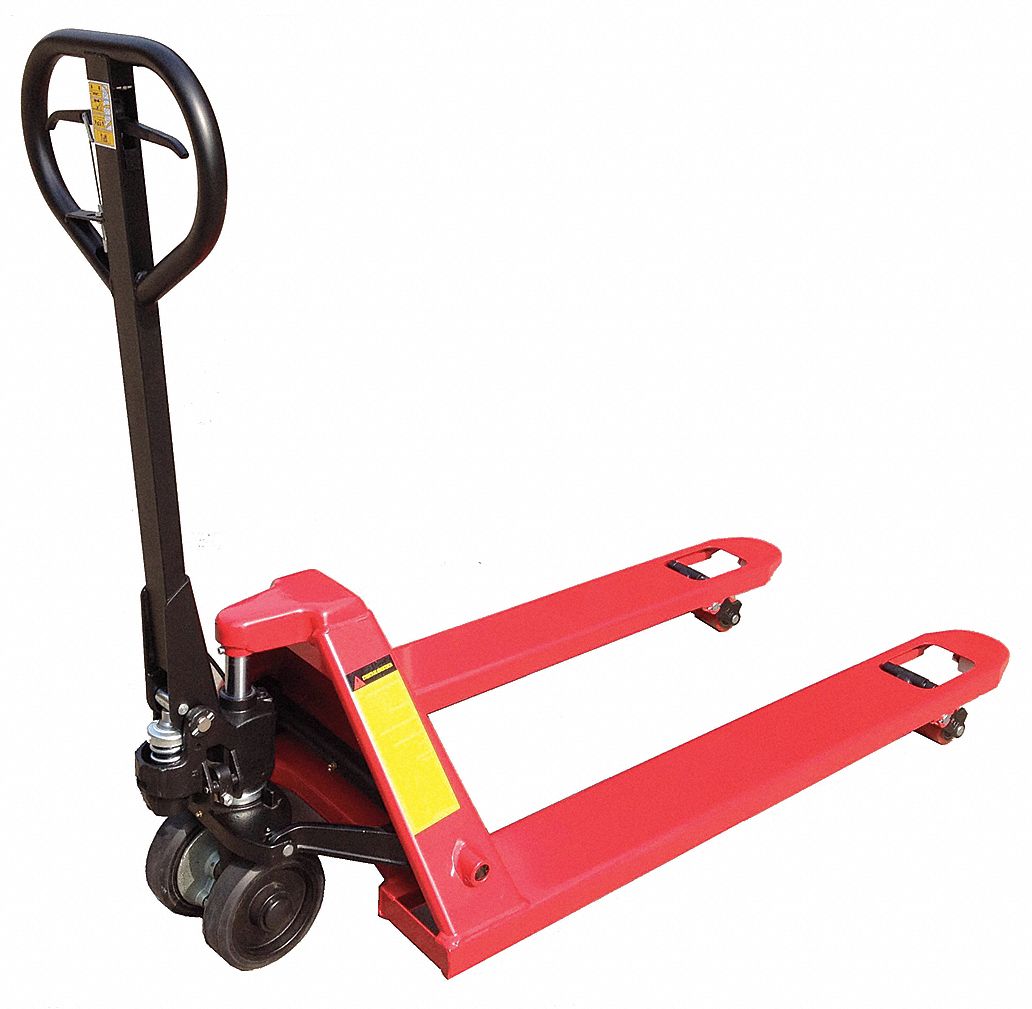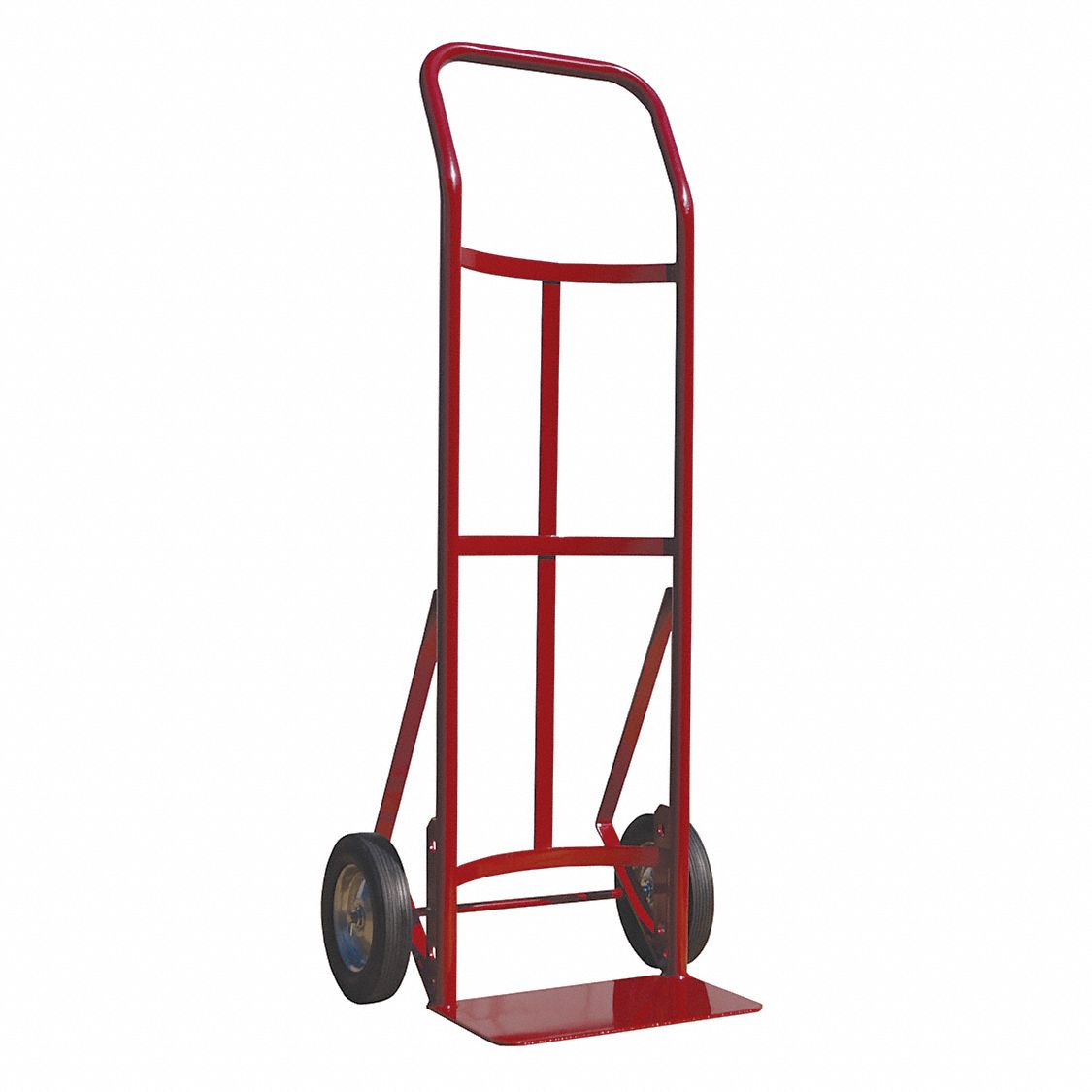

How On-Demand Warehousing is Supporting the Supply Chain
By Grainger Editorial Staff 4/11/22


The rapid growth of e-commerce sales coupled with supply chain shortages and fallout from the coronavirus pandemic is causing a shift in warehousing, logistics and fulfillment. Companies are searching for new and innovative ways to solve supply chain issues, combat labor shortages and get their products to their customers faster. Tenants and landlords are also seeking new opportunities to generate earnings from unused industrial space. This has led to the rise in on-demand warehousing and fulfillment services.
What is on-demand warehousing?
Supply & Demand Chain Executive defines on-demand warehousing as a warehousing sharing model that helps connect companies with excess warehouse space to other companies who need space to store their inventory.
According to "On-demand Warehousing: Main Features and Business Models," a paper sponsored by the National Science Foundation, on-demand warehousing models generally involve three parts:
- Warehousing lenders
- Customers seeking additional warehousing storage/handling capacity
- An online platform that helps manage the matching and interactions between lenders and customers
On-demand platforms work like a marketplace where warehouse owners with extra storage capacity can rent their extra space to external customers. Warehouse owners join the system as lenders and can define the period, storage capacity and services they want to rent.
Many on-demand warehousing lenders offer a broad range of features and functionality. According to Supply & Demand Chain Executive, warehousing lenders typically provide space and storage with the ability to contract warehouse staff for inventory management — the only difference is the level of service. Some providers may only move goods to set locations like your own warehouse or distribution center, while others may help you get your products directly to your customer’s location.
How is on-demand warehousing different?
When it comes to storage, businesses have few options — either purchase their own warehouse or work with a third-party logistics (3PL) provider. Warehouse leasing has historically been based on long-term commitments and needs. In the past, a business would commit to five- or 10-year leases, which often required predicting and planning space needs over a decade. Since consumer needs evolve quickly, this can leave room for error.
According to "On-demand Warehousing: Main Features and Business Models," on-demand warehousing offers greater flexibility because it provides short-term storage on a per-pallet basis. With on-demand warehousing, companies no longer have to commit to a five-year lease when they only have a short-term storage problem to solve.
By enabling more short-term agreements, on-demand warehousing is helping businesses respond faster to changes in their supply chain. According to Global Trade Mag, on-demand warehousing can help a company find space within 24 hours, rather than up to a year. It allows for short-term success on a parallel path with long-term planning.
On-demand warehousing presents a more sustainable storage solution by promoting resource sharing rather than building new storage facilities. This dynamic resource sharing found via on-demand warehousing platforms enables renters to choose warehouse locations closer to their products’ destinations and utilize more sustainable types of transportation for tight customer delivery requirements. As Tech HQ reports, on-demand warehouse platforms featuring easy-to-use software and warehouse management integration capabilities are helping logistics firms transform unused warehouse space into short-term storage solutions for retailers. This is helping businesses reduce substantial next-day, last-mile delivery costs and enabling companies to make money from vacant space.
What are the advantages?
On-demand warehousing offers several benefits for warehouse lenders and renters seeking short-term storage or fulfillment services, including:
Renters
- Pay-as-you-go model (instead of fixed cost)
- Increased time, space and storage flexibility
- Reduced time and resources spent searching for a supplier
- Management of supply chain disruptions and risk
- Additional labor and fulfillment resources
- Ability to scale warehousing and fulfillment networks to varying demand levels
Lenders
- Maximized warehouse capacity
- Additional profit from unused space or fulfillment capacity
- Resource sharing and efficiency
- New market opportunities
What are the disadvantages?
While on-demand warehousing offers a practicable solution for quickly expanding storage and fulfillment space, the model comes with some drawbacks like:
- Inventory management is less streamlined
- Availability and pricing of capacity changes over time
- Seasonality has a large impact on available warehouse capacity
- Lenders typically serve multiple customers, so it can be challenging to reach providers and get answers when something goes wrong
- Lenders can freely remove listings from platforms, possibly requiring a new lender, location selection and the transfer of the existing inventory
The Future of On-Demand Warehousing
In 2021, warehouse vacancy in the country reached a record low of 3.6%, according to data from the industrial real estate company CBRE. The increased demand for warehouse space has been mainly driven by increased online shopping and businesses seeking to move goods closer to their customers for faster delivery. To keep up with consumer demand, CBRE reports the United States will require an additional 330 million square feet of distribution space by 2025.
The combination of limited warehouse space, rising rents and supply chain challenges is leading more businesses to consider on-demand warehousing solutions. According to Supply & Demand Chain Executive, shifting spending and service requirements to on-demand warehouses and 3PL providers can help generate savings and improve delivery speeds. However, it’s best first to understand your fulfillment needs so you can find a provider that can reliably support your business.
The information contained in this article is intended for general information purposes only and is based on information available as of the initial date of publication. No representation is made that the information or references are complete or remain current. This article is not a substitute for review of current applicable government regulations, industry standards, or other standards specific to your business and/or activities and should not be construed as legal advice or opinion. Readers with specific questions should refer to the applicable standards or consult with an attorney.











